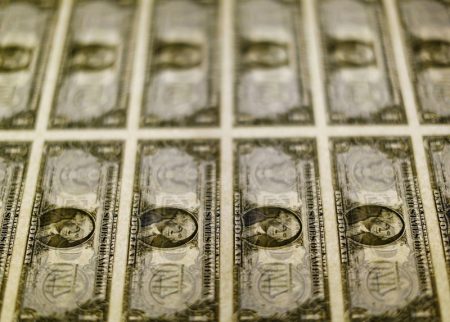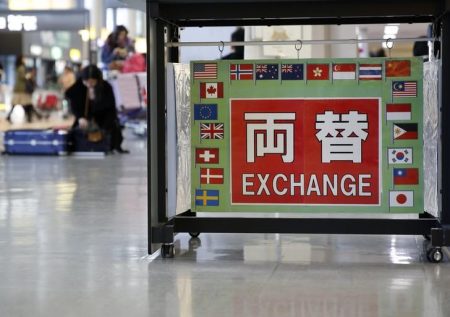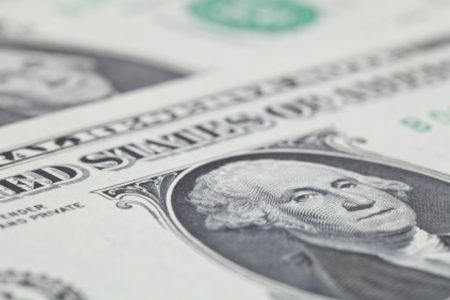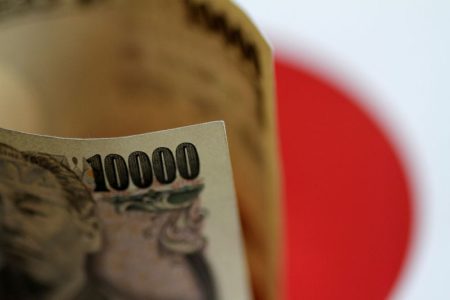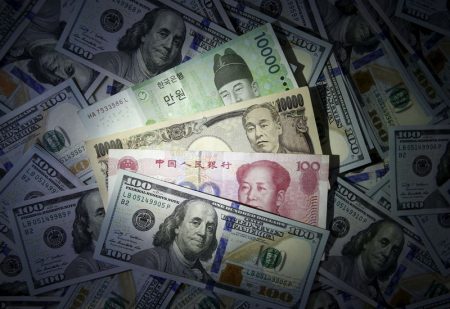MOSCOW (Reuters) -The rouble slid past 100 per U.S. dollar on Monday just as President Vladimir Putin’s economic advisor said Russia was interested in a strong rouble and that loose monetary policy was the main reason behind the Russian currency’s weakening.
The rouble fell to 100.4975 per U.S. dollar, its weakest point in almost 17 months. The rouble has lost about a quarter of its value against the dollar since Putin sent troops into Ukraine in February 2022.
Just as the dollar hit 100 roubles, Putin’s economic advisor Maxim Oreshkin said in an op-ed for the TASS news agency that the Kremlin wanted a strong rouble and expected a normalisation shortly.
“The current exchange rate has deviated significantly from fundamental levels, and its normalisation is expected in the near future,” Oreshkin wrote.
“A weak rouble complicates the economy’s structural transformation and negatively affects the population’s real incomes,” he said. “It is in the interests of the Russian economy to have a strong rouble.”
The rouble has chartered a turbulent course since Russia invaded Ukraine, slumping to a record low of 120 against the dollar in March last year before recovering to a more than seven-year high a few months later, supported by capital controls and surging export revenues.
Before the war, the rouble traded at around 75 to the dollar.
The Bank of Russia has blamed the rouble’s sharp slide this year – it has lost around 30% against the dollar – on Russia’s shrinking balance of trade. The country’s current account surplus was down 85% year-on-year in January-July.
Oreshkin put the blame squarely at the central bank’s door, a sign of discord among Russia’s monetary policy authorities.
“The main source of rouble weakening and accelerating inflation is soft monetary policy,” Oreshkin said. “The central bank has all the tools to normalise the situation in the near future and ensure that lending rates are reduced to sustainable levels.”
The central bank hiked rates by 100 basis points in July to 8.5%, having held them steady since September. Ahead of its next meeting in September, the bank has been signalling that more hikes are needed.
Read the full article here

